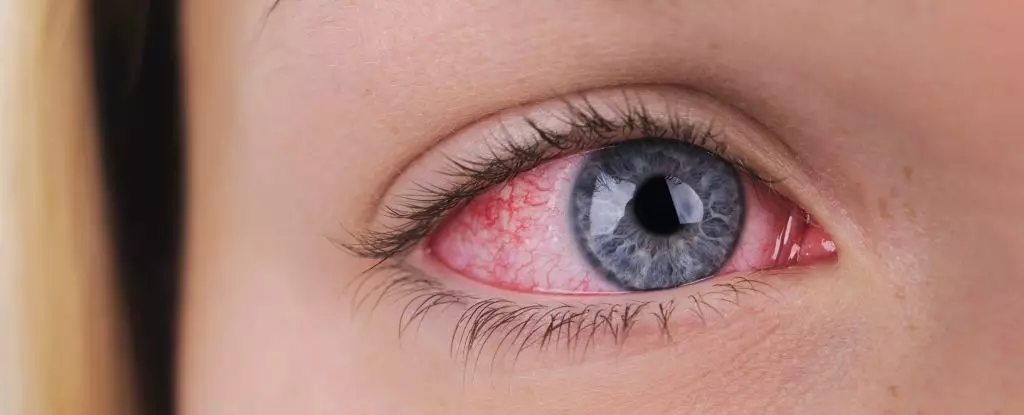When it comes to eye infections, the immediate thought that springs to mind is often that of uncomfortable, swollen eyelids or the sensation of grit in the eye. However, these seemingly minor issues can have serious and even deadly consequences. A prime example of this is the outbreak of Burkholderia cepacia in 2023-24, which was linked to contaminated lubricating eye gel. This outbreak resulted in the infection of multiple patients, with one casualty and numerous others suffering from serious infections.
The eye is a unique and delicate structure that converts light energy into chemical and electrical signals that are transmitted to the brain. With millions of cones and rods specialized in detecting color and light, the eye plays a crucial role in our everyday functions. Despite the body’s protective mechanisms such as encasing the eyes in a bony structure and eyelids for defense and lubrication, the eyes remain vulnerable to infections.
Several common eye infections can occur when pathogens enter the eye. Conjunctivitis, also known as “pink eye,” is a prevalent condition that results from the inflammation of the conjunctiva due to microbial invasion. Similarly, blepharitis, a condition affecting the eyelid, can cause discomfort and itchiness in the eyes, typically caused by bacterial infection. Styes, painful infections of the eyelid, can also be caused by bacterial pathogens and should not be burst to prevent the spread of infection.
Keratitis, the inflammation of the cornea, is another severe condition that can lead to ulcers, eye damage, and in extreme cases, blindness. While bacterial keratitis is the most common form, amoebic keratitis can have serious systemic implications. Uveitis, inflammation of the middle layer of the eye, is less common but can result from viral infections or trauma, potentially causing blurred vision or blindness.
Proper eye hygiene is crucial in reducing the risk of various eye infections. For contact lens wearers, it is essential to maintain strict hygiene practices to prevent the introduction of harmful microbes into the eye. Avoiding non-sterile water and fluids that can transfer dangerous microbes is paramount in protecting the eyes from infections that can lead to localized issues or, in severe cases, blindness or systemic infections.
While eye infections may seem like minor inconveniences, they can have significant consequences if left untreated. Proper hygiene practices, regular check-ups with a healthcare professional, and prompt treatment of any persistent eye issues are crucial in protecting the eyes from infections that can result in serious harm or even death.


Leave a Reply